Getting a Visa for Cambodia
Visitors to Cambodia need to get a travel visa either before they enter (an online e-visa is available) or upon arrival at the airport in Siem Reap. If traveling overland, you can get a visa on arrival as you cross the border.
A fee of US $30 is charged; prices are in U.S. dollars. Paying for the Cambodian visa in U.S. dollars works out best in your favor. Corrupt officials will ask for more money via make-believe exchange rates if you try to pay with Thai baht or euros. Try to pay exact; change will be provided in Cambodian riels also at a poor return rate.
Tip: U.S. dollars are scrutinized by immigration officials. Only crisp, new banknotes are accepted. Any bills with tears or defects may be rejected.
You will need one or two passport-sized photos (different entry points have different policies) for the visa application. A tourist visa is typically good for 30 days and can be extended one time.
You can get an e-visa for Cambodia electronically before arrival, however, there is an additional US $6 processing charge and you will need a digital passport-sized photo for the online application. Processing time is three days, then you are emailed the e-visa in a PDF file to print.
If you thought the scams in Thailand were annoying, wait until you get closer to Cambodia! The border crossings between Thailand and Cambodia are rife with petty scams that target new arrivals. Many scams center around the visa process and which currency you use to pay. But don't become jaded: traveling Cambodia becomes far more enjoyable once you distance yourself from the border!
Here is our guide for Cambodia visa

The Best Time to Visit Angkor Wat
The weather in Cambodia pretty well follows the usual climate in Southeast Asia: hot and dry or hot and wet. Humidity is often thick -- plan to sweat and rehydrate often.
The best months to visit Angkor Wat are from December to February. After that, heat and humidity build until the rainy season begins sometime in May. You can definitely visit and travel during the monsoon season, although slogging around in the rain to see outdoor temples isn't as enjoyable.
Here is more detail about Best time to visit Angkor Wat
Angkor Wat Map
Check the below map plan of Angkor Wat for your reference. You can either download the high-resolution map of Angkor Wat to have the better vision of what you will visit here.
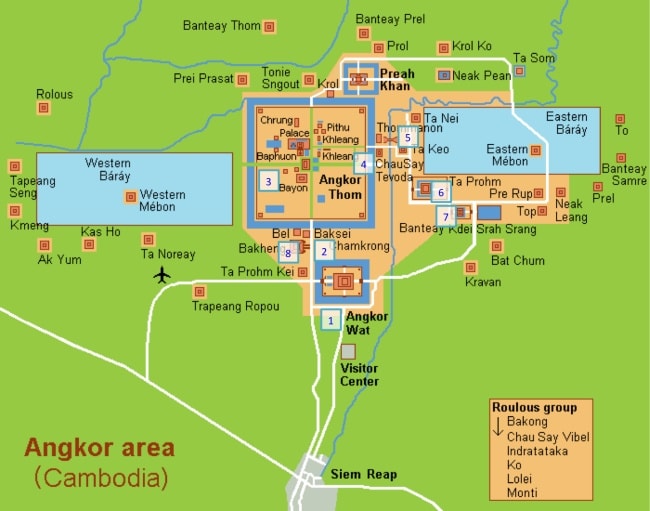
How long you will need?
If you want to make the most out of your Angkor Archaeological Park visit, you may be wondering how many days Angkor Wat takes to explore.
How long to spend in Angkor Wat is up to you, but we want first to make it clear of the term Angkor Wat and Angkor Wat Archaelogical Park (Complex). If you visit Angkor Wat only, you will need around 3-4 hour max (half day). In case your plan is to discovery the whole complex (Angkor Wat, Angkor Thom, Banteay Srei, Ta Prohm, and so on), we recommend that you plan to spend at least 3 days. Unless you are really short on time, don’t try to cram your visit into one day. Many visitors don’t realize how many days Angkor Wat takes to explore!
One of the best things about visiting the Angkor Temples is having the time to read about each temple, to sit down, to reflect, and to allow yourself to picture each temple and each ruin in the ancient Khmer city that once stood on that site in Angkor Wat. How many days you spend will determine how much you are able to explore and soak it all in.
Exploring the temples takes a lot out of you. You’ll be walking from temple to temple, climbing the stairs to explore the intricate buildings, and trekking in the forest to reach some of the further set ruins. And the sun and humidity will only make it worse.
Here is the list of Best Angkor Wat Tours for your consideration
Where to stay?
Siem Reap is just 7km from Angkor Wat and is the base for exploring the temples. Check out Siem Reap Travel Guide for more detail
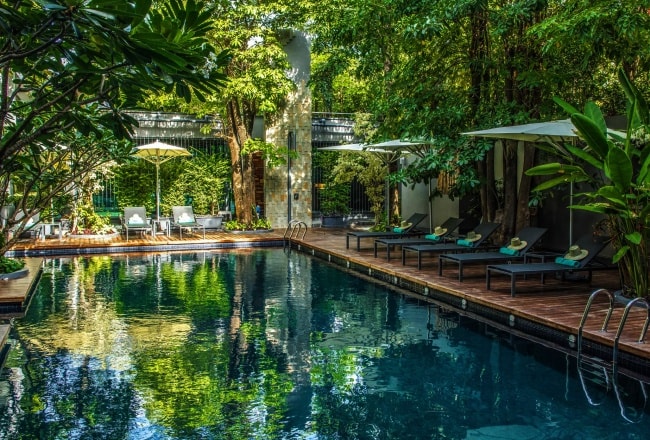
Angkor Wat Dress Code
As the temples of Angkor represent a sacred religious site to the Khmer people, visitors are asked to dress modestly.
Appropriate attire when visiting temples in Angkor Wat is long pants (covering the knee) and shirts that cover shoulders. Skirts, small shorts, tank tops, and other items of revealing clothing are not allowed within temple grounds. Visitors can and are frequently turned away from temples when wearing revealing clothing.
It is not possible to visit the highest level of Angkor Wat without upper arms covered and shorts to the knees. Local authorities have visitor 'code of conduct' guidelines and a video to encourage appropriate dress, as well as reminding tourists not to touch, sit or climb on the ancient structures, to pay attention to restricted areas, and to be respectful of monks
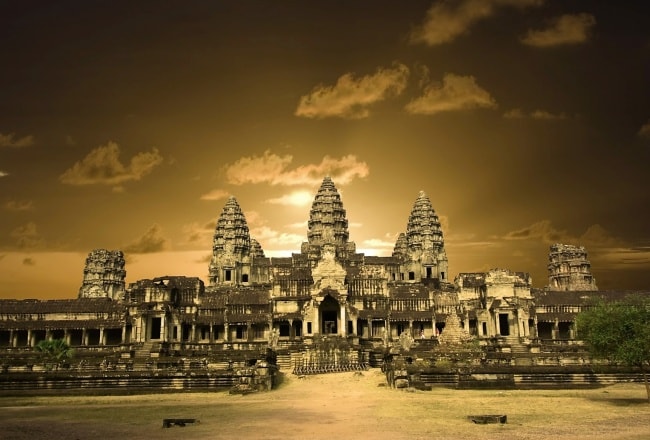


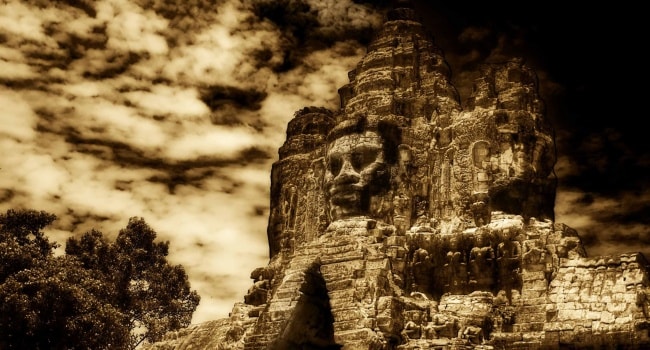

 07/01/2026
07/01/2026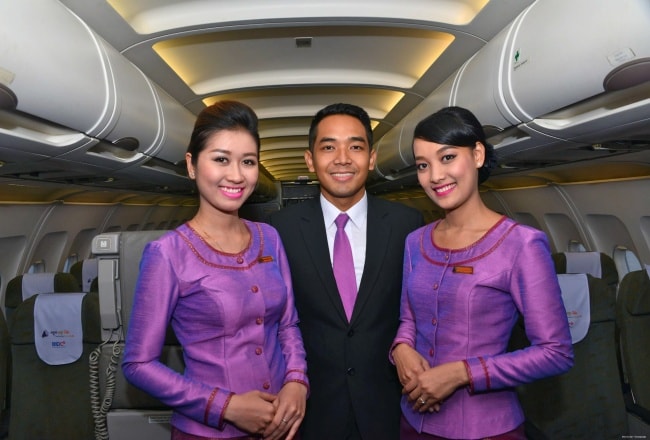
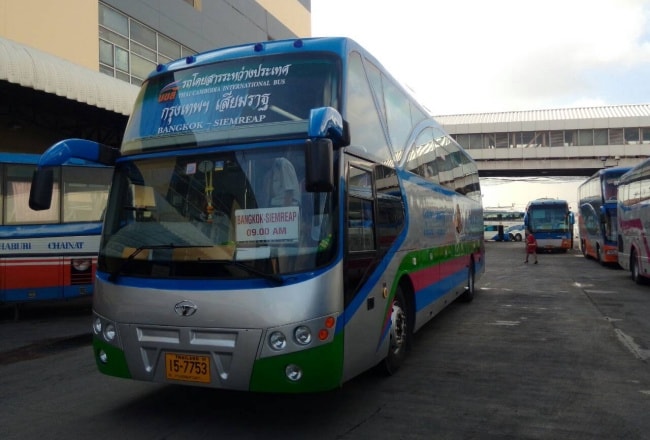
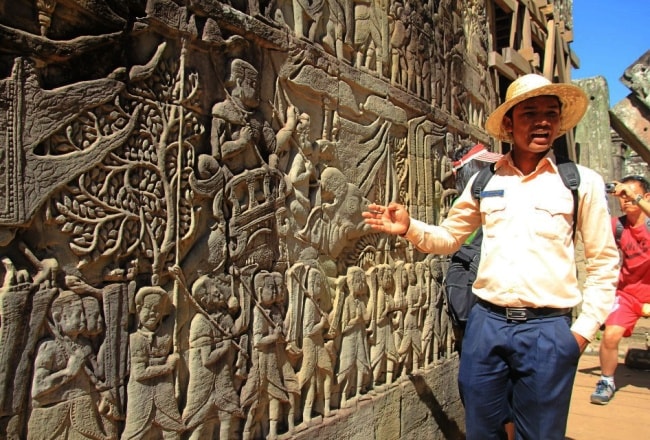























Jolie LIEMMy name is Jolie, I am a Vietnamese girl growing up in the countryside of Hai Duong, northern Vietnam. Since a little girl, I was always dreaming of exploring the far-away lands, the unseen beauty spots of the world. My dream has been growing bigger and bigger day after day, and I do not miss a chance to make it real. After graduating from the univesity of language in Hanoi, I started the exploration with a travel agency and learning more about travel, especially responsible travel. I love experiencing the different cultures of the different lands and sharing my dream with the whole world. Hope that you love it too!